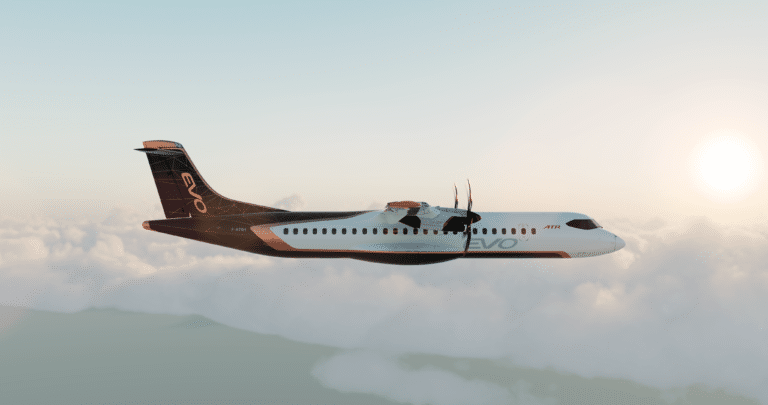The ATR 42-600S: Where STOL Meets State-of-the-Art
The new Short Take-Off and Landing (STOL) version of the ATR 42-600 has already attracted more than 20 commitments from airlines and lessors. Able to operate on runways as short as 800 m, it is set to revolutionise connectivity to some of the world’s most remote and inaccessible locations.
More than a thousand airports in the world today have runways between 800 and 1,000 m (3,281 feet) that could be served by STOL aircraft. Until now, with no such aircraft in production and the existing STOL fleet progressively ageing, this has meant rising operating costs for airlines and an ever more outdated flight and cabin experience for their passengers.
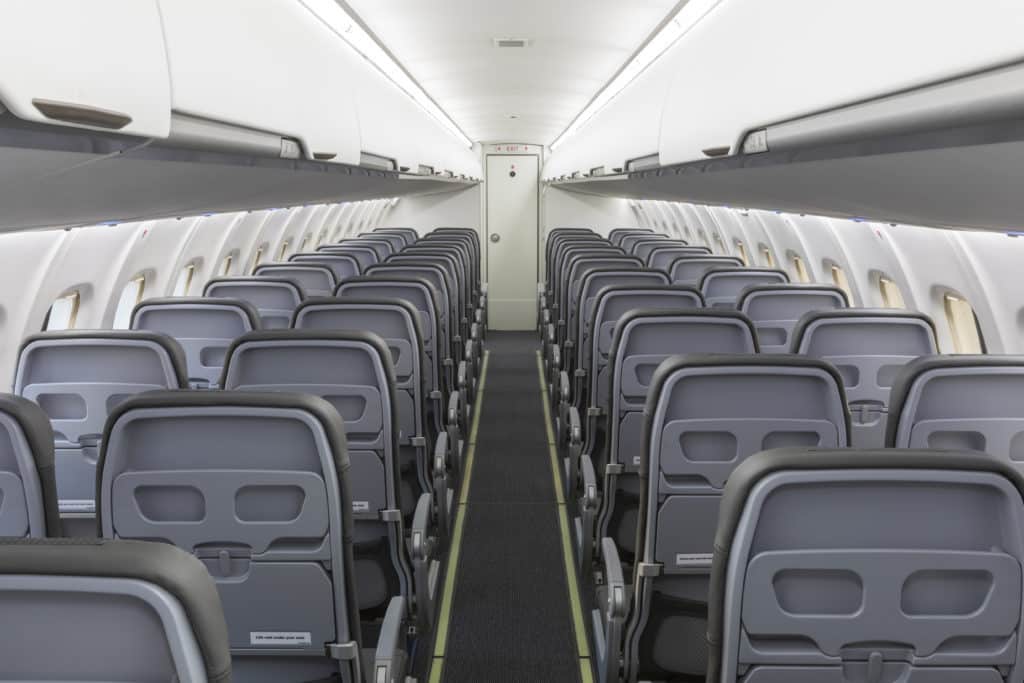
Enter the ATR 42-600S!

ATR has built its business and reputation on providing affordable and sustainable regional connectivity to some of the most remote places on Earth. We have very close links with all our customers and are constantly gathering feedback, so when it became obvious that there was a growing need for a modern STOL aircraft able to serve runways down to 800 m, we put all of our engineering and technical expertise to the task.
The result is the ATR 42-600S, which incorporates specific modifications to the existing ATR 42-600 to enhance take-off and landing performance on short airfields. Modifications that include increased take-off thrust (2,750 shp) and engine rating; the very latest Pratt & Whitney PW127XT engines ; a larger rudder for better control on the ground; and the ability to symmetrically deploy the ground spoilers to reduce stopping distances.
What’s more, the 50-seater ATR 42-600S has much lower operating costs than any other similar-sized turboprop and has been made future proof by incorporating the latest -600 series avionic & systems. It also offers a much more modern cabin than existing STOL aircraft, with in-flight connectivity, LED lighting and—unique in this market—18-inch-wide seats!
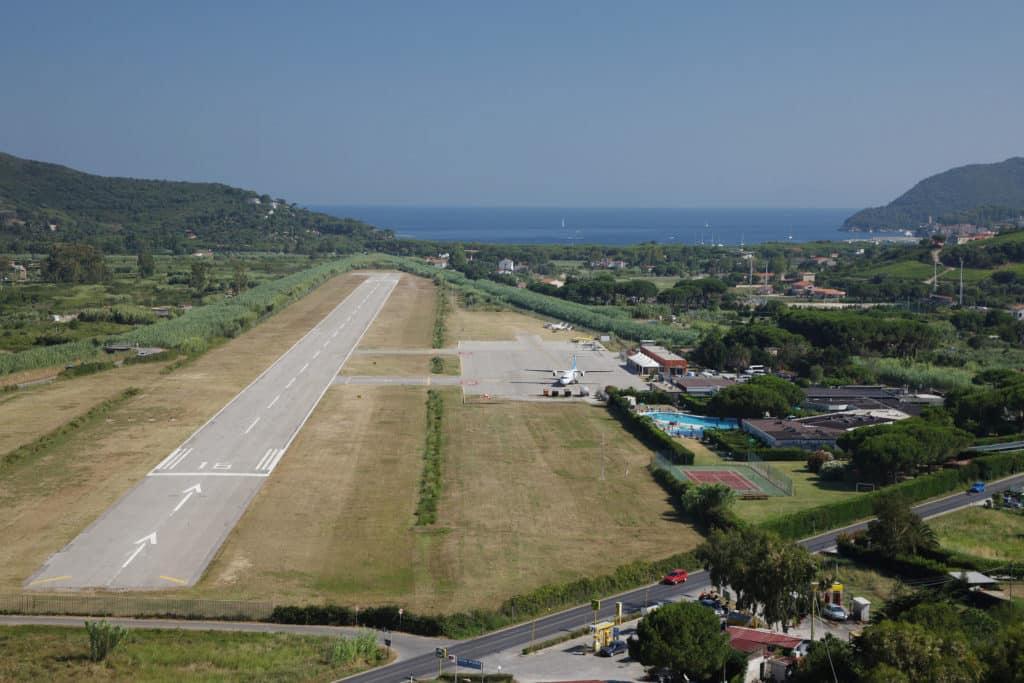
Environmentally sound

It’s not all about cost and comfort, though. Many of the world’s short runways are in remote locations with fragile ecosystems, so ATR’s environmental credentials are also vital to the -42-600S success. Credentials that include 30% less fuel burn and therefore less CO2 emissions than a similar-sized regional jet. Not to mention avoiding the need to build bigger runways and airports of course, with all the ecological consequences entailed.

A vital resource

The ATR 42-600S will prove a vital resource for remote communities with short runways that are highly reliant on air travel and transport.
These new aircraft will ease access to healthcare and education for those with no or few local facilities, boost income for local residents via exports, commerce and tourism, and improve general living standards thanks to the trickle-down effect. Demand is especially great in Northern Europe, Canada and Japan, as well as in the Asia Pacific region generally.
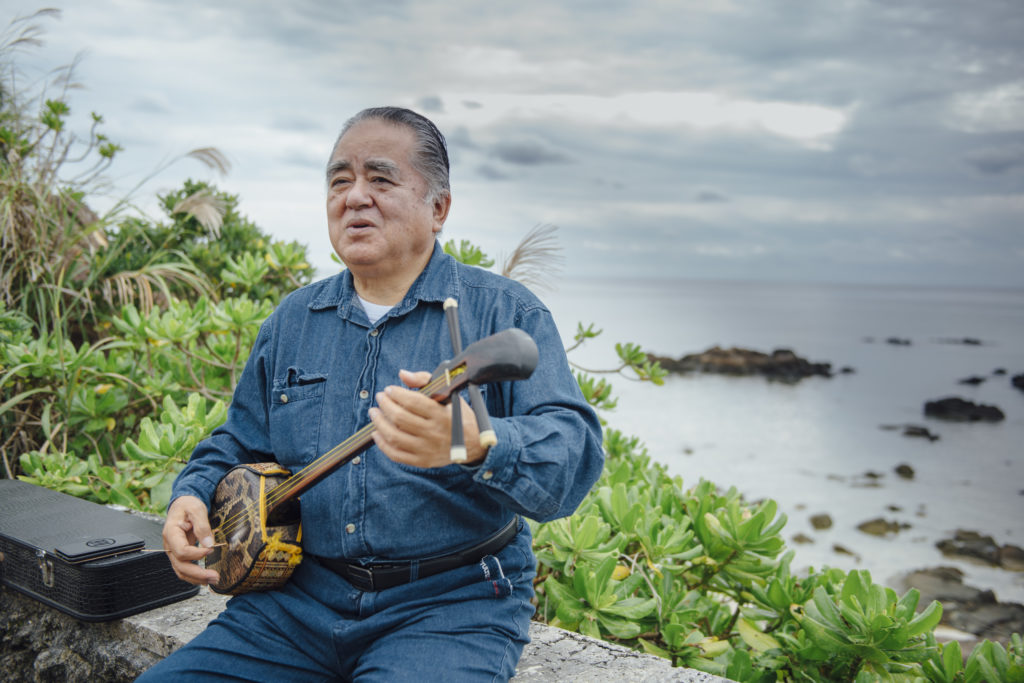
The obvious choice for Japan…

Japan is a prime example of a nation in need of a modern STOL aircraft, with its 100 airports spread across a vast archipelago. Ten of these airports have a runway between 800 m and 1,000 m, providing vital links for 90,000 people. Others have already closed, such as that on Sado Island, 40km off the mainland. Sado’s 1960 population of over 113,000 had fallen to 55,000 by 2018 due to the island’s inaccessibility and lack of jobs, especially after the suspension of its only air service in 2014. But thanks to the 42-600S, start-up airline Toki Air plans to reopen Sado’s 890m airstrip in the next few years. It’s a move that will breathe new life into this community, enabling it to revive trade, commerce and responsible tourism and to access healthcare, education and other essential services quickly, easily and affordably.
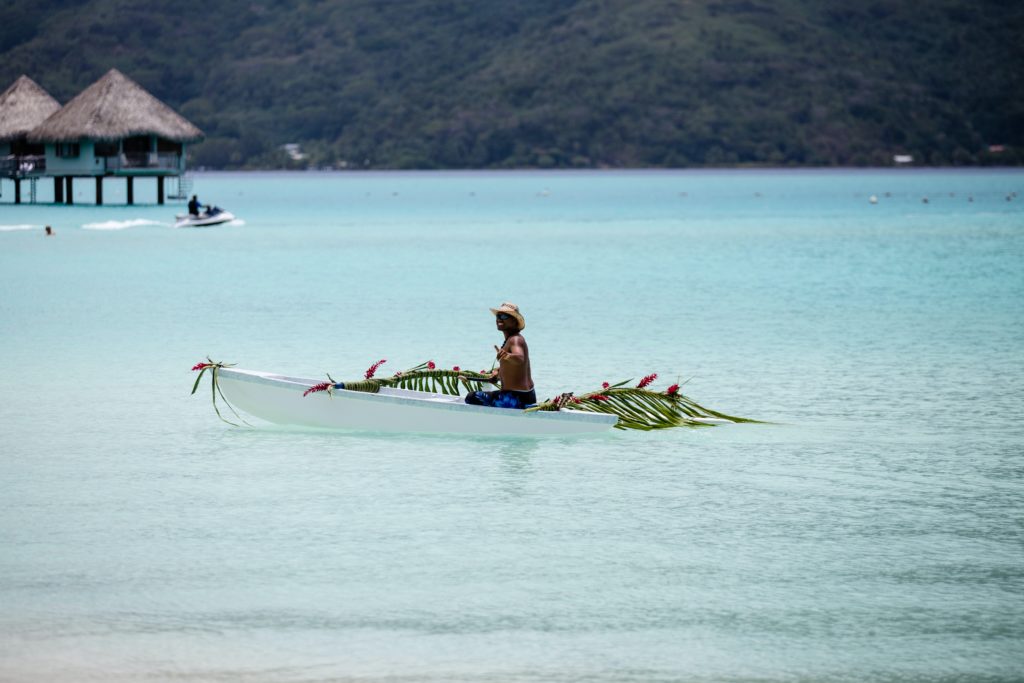
…and French Polynesia

The 42-600S has also been snapped up by Air Tahiti, a longstanding customer whose ATR fleet serves nearly 90% of French Polynesia. Air Tahiti was the first airline to place its order back in 2018, for two of the new STOL aircraft which will be used for routes between the Marquesas Islands in the southern Pacific.
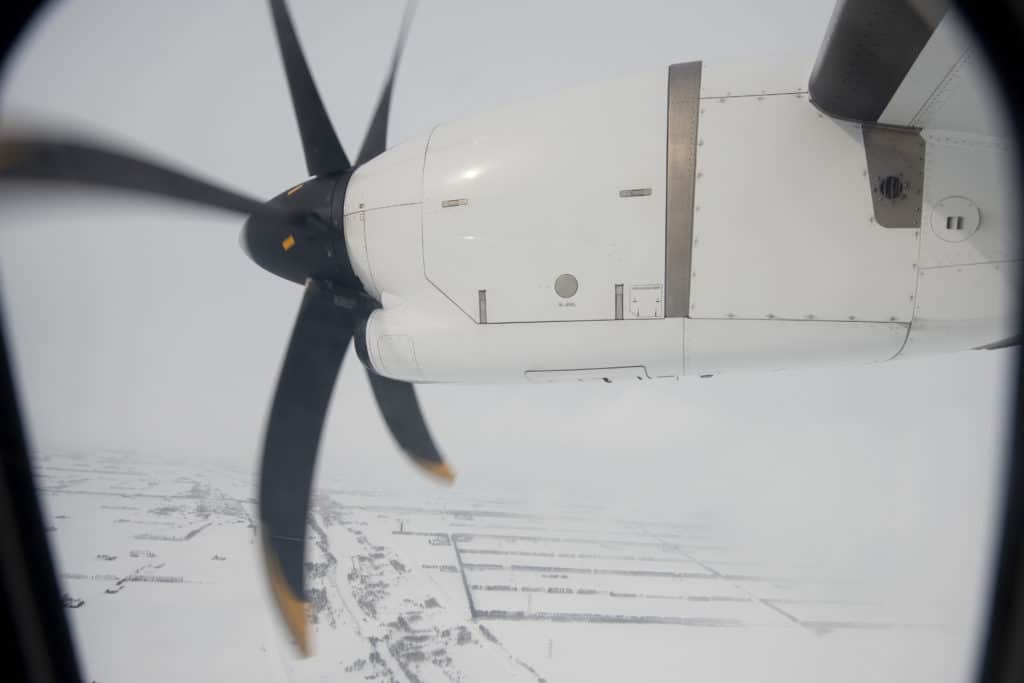
The only viable option

Japan and French Polynesia are typical of many island nations for whom air connectivity is either the only viable option or the alternative to extremely time-consuming journeys by boat, bus and/or train. With an ageing STOL fleet currently in service and many new markets to develop, the ATR 42-600S’s instant success with customers is sure to be just the start.






